The Mira Ceti from Fezz Audio is a 300B integrated amp using toroidal output transformers and costing £2330 in the UK. Stuart Smith plumbs it in and gives it a listen for Hifi Pig.
Fezz Audio is a Polish-based brand and is a division of Toroidy.pl who are well-known transformer manufacturer. Indeed, in the balanced mains unit I use there is a huge Toroidy transformer employed. Needless to say, their transformers are used in all their amplifiers, including this 300B model. Fezz tell me that the Mira Ceti is the World’s only single-ended amplifier based around toroidal output transformers. Other amps in their range include the Silver Luna PRESTIGE (see review), Titania, Mira Ceti 2A3, Alfa Lupi and Omega Lupi. Fezz also produces a range of cables to complement their amplifiers. The amplifier, like all Fezz Audio products, are designed and built-in Poland.
Fezz Audio’s philosophy is to provide outstanding sounding products at relatively affordable price-points with the Mira Ceti being around the €2600 mark in Europe and £2330 in the UK. Now that is still a good chunk of money in anyone’s terms but in the realms of quality 300B valve amplification it is a very keen price, though cheaper Asian amps are available.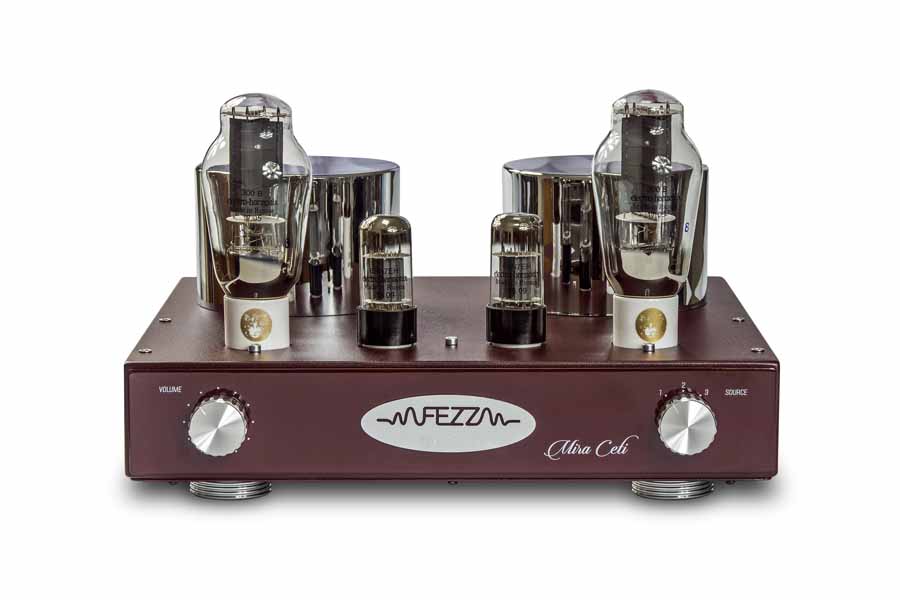
I make no secret of my love of the 300B valve and love its presentation, particularly in the mid-band, when done well.
CONSTRUCTION
Packaging of the amp is simple but effective with clever use of the space to house valves, cage and the amp itself and the unit arrived safe and sound. This is a good first sign and I always think that if thought has gone into the packaging the same should follow for the product itself. Looks-wise the amp has a pleasing retro feel and it is compact in form. The case is made of folded steel and the transformers are encased in shiny cases…see the pics. The review sample arrived in a rather nice burgundy but is also available in red, black and white. Overall it is nicely put together in a no-frills kind of way. Despite its kind of retro looks, the amp won’t look out of place in the modern home, and the optional colours add a degree of choice.
As well as the amp’s chassis the package includes two Electro-Harmonix EHG (Gold) 300B valves, a pair of Electro-Harmonix 6SN7 tubes, a protective cage (that I didn’t use) a power cable and the user manual.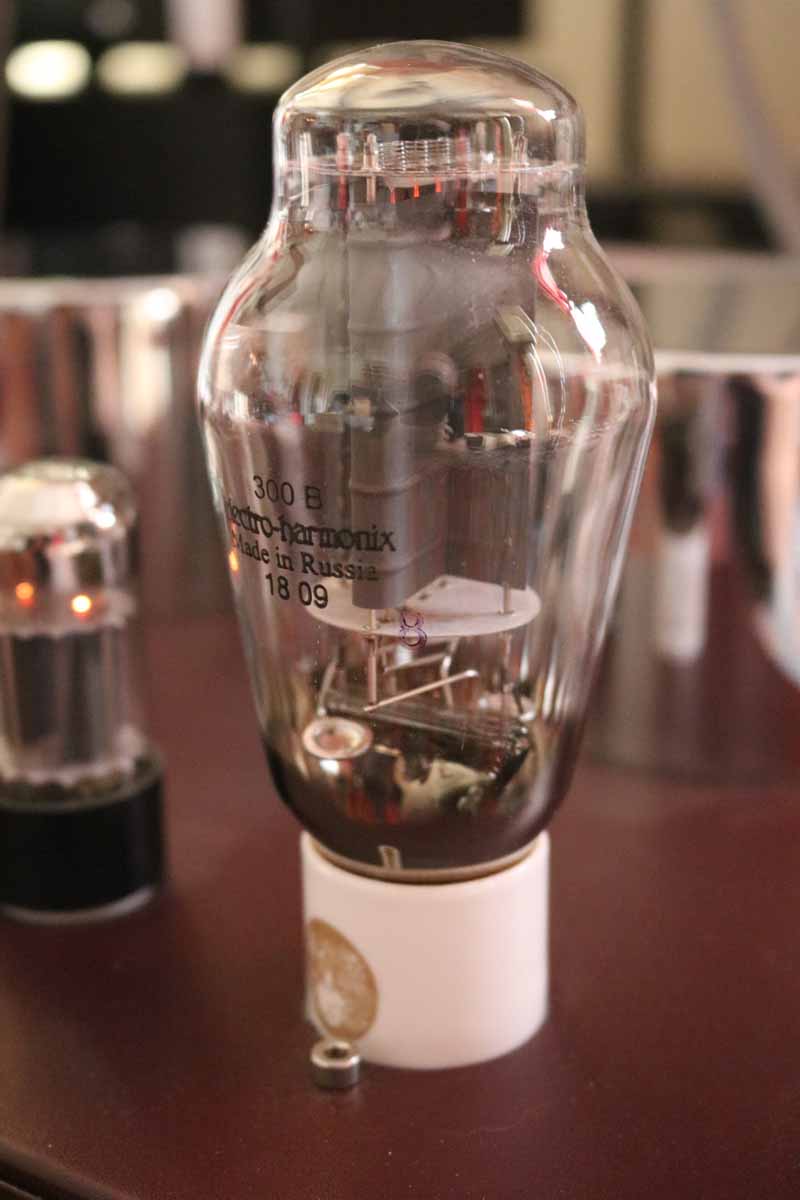
On the front panel we have the input selector on the right and volume pot on the left. That’s about it other than the Fezz Audio nameplate. There is the option for a remote control too.
Round the back you have three RCA inputs, 4 and 8 ohm taps and the IEC inlet and fuse holder. Some may need more inputs, but for me, three is absolutely fine and for the duration I used the amp with Xavian Perla speakers and being fed music from the Lampizator Big 7 DAC.
Atop the amp you have sockets for the valves and the two transformer casings. All is well laid out and despite its compact form factor nothing feels cramped in.
Set up is simple with all the valves being marked and with clear instructions as to where they should go. No biasing is needed as an auto-bias circuit is employed in the Mira Ceti. Plug in your source, connect speaker cables to the appropriate taps, connect the power, switch the unit on and play your tunes. From unpacking to listening to tunes was a matter of minutes.
SPECIFICATIONS
Maximum output from the Mira Ceti is the expected 8 watts a side in single-ended Class A operation. Harmonic distortion (THD) is less than 0.4% and it has a frequency response of 20Hz to 65kHz. Power consumption is 115watts and the whole unit measures 340x360x 215mm and weighs 14Kg.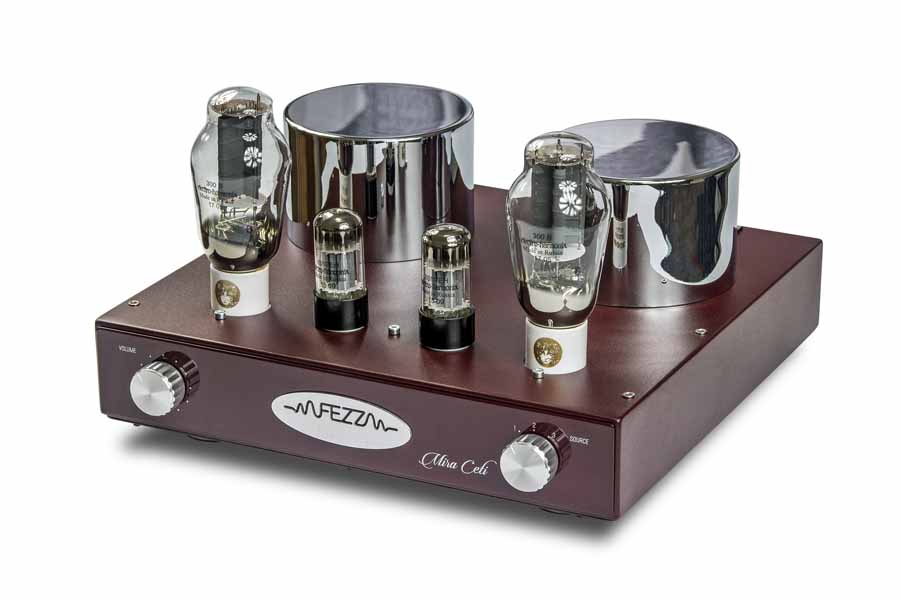
SOUND
I didn’t want to do any critical listening until the unit had had a chance to run in a bit but from the off, I was drawn into the sound of Neil Young’s Live Rust album and ended up listening to it all the way through on Qobuz. It’s an album I really love and must have played hundreds of times but rarely do I sit and listen to it all the way through nowadays, but I did this time. I’m not going to write about the experience or thoughts on the sound here as the amp needed to be run in, but I was certainly well impressed with what I was hearing. I was expecting to have to really crank the volume up as the Perla speakers are only 88dB sensitive, but in what is a pretty big room I had the volume at around the 11 o’clock mark and the volume was well loud enough. I find it amusing sometimes when I look at some folk stating how they “need” 200 or 300 watts of power from their amplifier – yes, if you have massively power-hungry speakers you may well do, but for normal speakers you just don’t need that much power at all to get good levels of volume, though a degree of sense is needed.
So, the amps had a while to run in and warm up and so I settle in for some serious listening. From my initial listen to Neil Young expectations were pretty high. I had thought of partnering the amp with a more moderately priced DAC but in truth I listen to the Big 6 fed by the Melco more than any other source and so that’s what stayed, even though it costs six or seven times more than the Fezz amplifier.
Now I don’t usually play records I don’t know inside out for reviews but Manchester legends 808 State have a new EP out and I’ve given it a few listens over the last few days via Qobuz and it’s a good work out for any system with lots going on at all the frequency extremes. Let’s bust a myth about valve amplifiers here and now – they may get hot but that doesn’t mean to say they have to be warm sounding and that’s definitely the case with the Mira Ceti. Yes, it has a degree of mid-band bloom but, on this record at least, it digs deep down with clean and fast bass and crisp and sharp tops. I’ve recently had the pleasure of reviewing an Audio Research pre/amp combo and whilst the ARC kit was definitely more “audiophile” and refined in its presentation the Fezz certainly would be embarrassed by it. There’s a lot going on in this record and it’s deceptively complex with lots of dynamic changes but the Fezz is just not fazed at all. It’s certainly an exciting an entertaining little amp in this setup and with this program.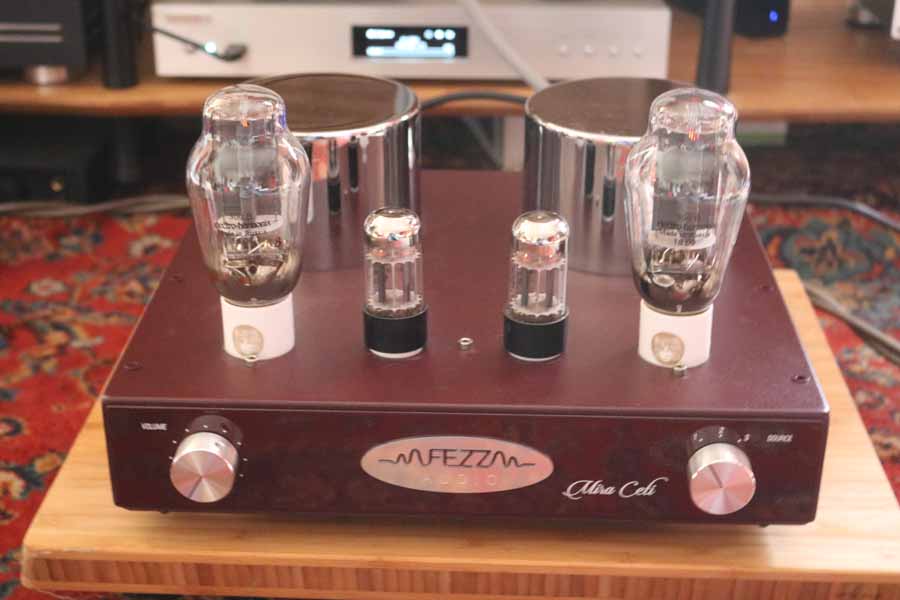
Let’s change the tempo a little and get some Miles Davis playing and my go-to album Kind Of Blue. I’ve got a few versions of this but here I’m playing it through Qobuz at 96/24. Flamenco Sketches, the last track on the record, sounds rather wonderful actually. The delicacy of the playing shines through and there is fantastic detail in the amount of information that is coming through the speakers as well as in the tone of the different instruments – you do get a real feeling of being in a smoky jazz club. The drums, little more than hi-hats and cymbals, in reality, are set well back in the mix on this record but you can hear everything and it’s pin-sharp. The horns are wonderfully presented too and the (apparently) simple piano shines through whilst the bass underpins everything. I certainly don’t think I’m missing out on anything and even the younger cat has popped himself between the speakers for a listen, ears all a twitch. Soundstaging is wide and deep too and I have to keep reminding myself that this is a sub-£3K amplifier. It’s also absolutely, well as far as I can ascertain, deadly quiet, with no noise in-between tracks that I can hear at all – insert inky blacks and all the other review cliches.
I used Back In Black in a recent review of the Audio Research combo and commented that it can sound a bit harsh and mushed up on some systems. The ARC kit presented the title track brilliantly but in comparison the Fezz feels ever so slightly more reeled in and constrained in its presentation – it feels “smaller” and with less scale, if that makes sense. Now, we’re comparing apples and oranges here and perhaps that’s a little unfair on the Fezz but to be frank the Fezz does a very, very good job indeed.
Regular readers will know that kit doesn’t last long at Hifi Pig Towers if it can’t play Daft Punk’s Contact. It’s a complex piece that builds and builds and though the sounds may appear simple they are made up of lots of different, for want of a better word, textures. To play this well an amplifier needs to be fast, dynamic and detailed. The Fezz amp played it well. Compared to our Class D monos it didn’t feel quite as dynamic or exciting on this track but tonally everything was there and you could hear the make-up of the different sounds in what is a pretty busy mix. Again, comparing to our Class Ds I’d say t lacked a bit of their dynamic punch and drive but then popping back to the much simpler Get Lucky there was punch and a better degree of drive to the rhythm tracks. What I’m getting at here is that on the very busy track the Fezz amp got a little stressed out but on the simpler track it sounded fab again. Pharrell Williams vocal on Get Lucky was beautifully presented and had height and was slightly forward in the mix. To completely turn this on its head and at the risk of contradicting myself, the new Slam record sounded great and with dynamic drive, detail and energy that went deep and dirty. Funny old game isn’t it?
Jazz at the Pawn Shop is an audiophile classic and many readers will know it well. As a test track it’s a great recording to get a feel for the recording space itself. Musically I can take or leave it if I’m honest but I did catch myself tapping my toes throughout…which has to be a good sign. Everything sits properly in the recording and there is a feeling of being there and with the audience – which is what it is supposed to sound like. Tonally everything sounded right to my ears and what really impressed was how the amp managed to keep everything in its place in the stage – you could literally see the musicians in front of you.
CONCLUSION
The Mira Ceti is a very good amplifier at a very good price in my opinion. Only our killer test track really caught it out in any way and it felt a little confused in handling everything that was going on. Likewise, Back In Black (another difficult track) sounded a little hemmed in when compared to our references. I see it as my job to throw killer tracks at the kit. The simple conclusion to draw would be to say the Mira Ceti can’t play rock or complex techno, but that just wasn’t the case in the vast majority of cases, the 808 EP I mentioned at the start of the review, for example, sounded brilliant, as did Slam’s Echo Enclosure and likewise so did a lot of rock albums I played with great dynamics and drive. Indeed, if the amp hadn’t fallen down a tad on these two tracks it would be getting an Outstanding Product award.
The Fezz amplifier offers listeners a real insight into the tone of instruments and I particularly enjoyed the jazz I played whilst listening to it – in some ways more than on our reference Class Ds. There seemed to be more texture and better tone to the instruments and a little better insight into the playing style of the performers – our reference pre and power combo is a lot more than 4 times the price. Perhaps this is the slight mid-bloom I mentioned during the review and perhaps our references err on the side of analytical. I also enjoyed (a lot) the vast majority of techno I played with the Fezz amp digging deep but without being overpowering in the bass and with lots of detail throughout the frequencies, good insight into the effects being used and great dynamics.
It’s well built, looks good and performs very well at this pricepoint and should you be looking for an amp in the sub £4000 price-bracket then you should do yourself a favour and get yourself a home dem of this.
AT A GLANCE
Build Quality: Great looking and well built. Available in different colours to match your furnishings and home.
Sound Quality: Excellent in the vast majority of cases. Digs deep in the bass but remains balanced throughout the frequency range with a slight emphasis on the mid-range frequencies which some will love. Don’t be put off by the modest 8W a channel output, this goes loud even with the 88dB efficient speakers I used.
Value for Money: There are cheaper 300B SET amps to be had from the far East but this is a unique product at a very keen price built in the European Union.
Pros: Good looking. Well built. Simple set up. Subtle when needed but at the same time dynamic too. Great insight into the texture and tone of instruments. Banging with techno.
Cons: Got a little confused on our killer test track and I just don’t understand why as it played other techno and rock wonderfully.
Price: £2330
Stuart Smith
Review System: Melco Library, Lampizator Big 7 DAC, XAVIAN Perla loudspeakers. Cables by Chord, Atlas and Tellurium Q.

















































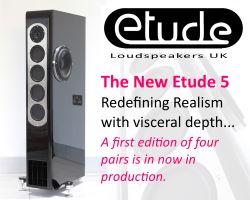


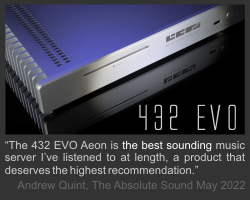
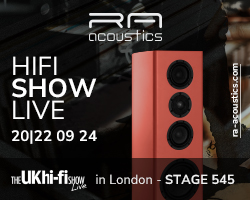
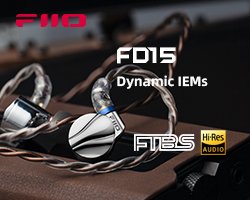





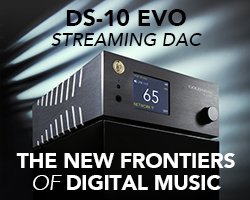





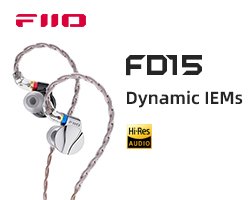


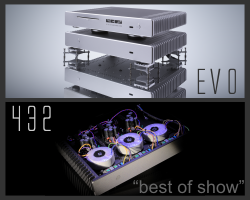

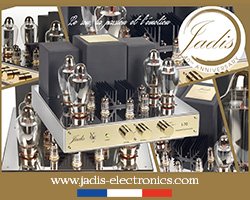


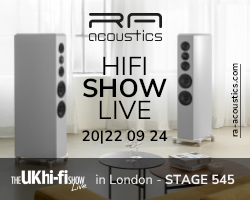













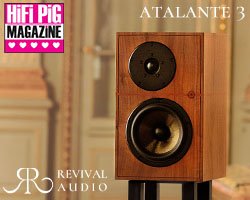
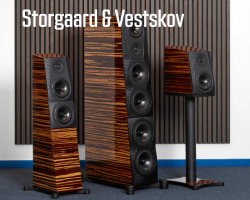





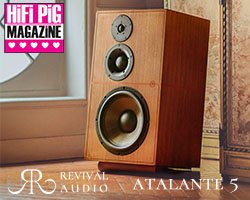

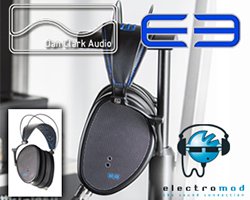
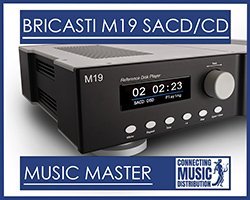
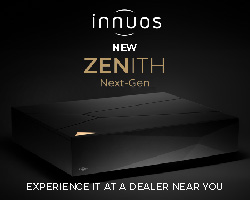








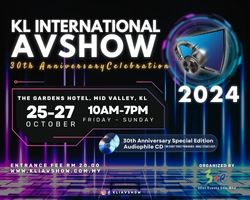






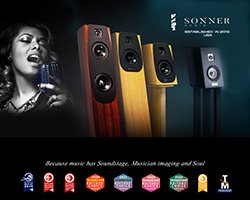
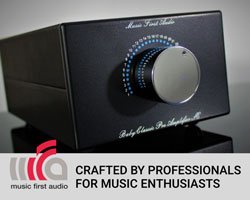



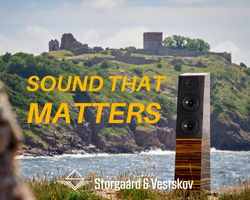

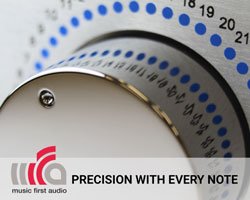











































You must be logged in to leave a reply.